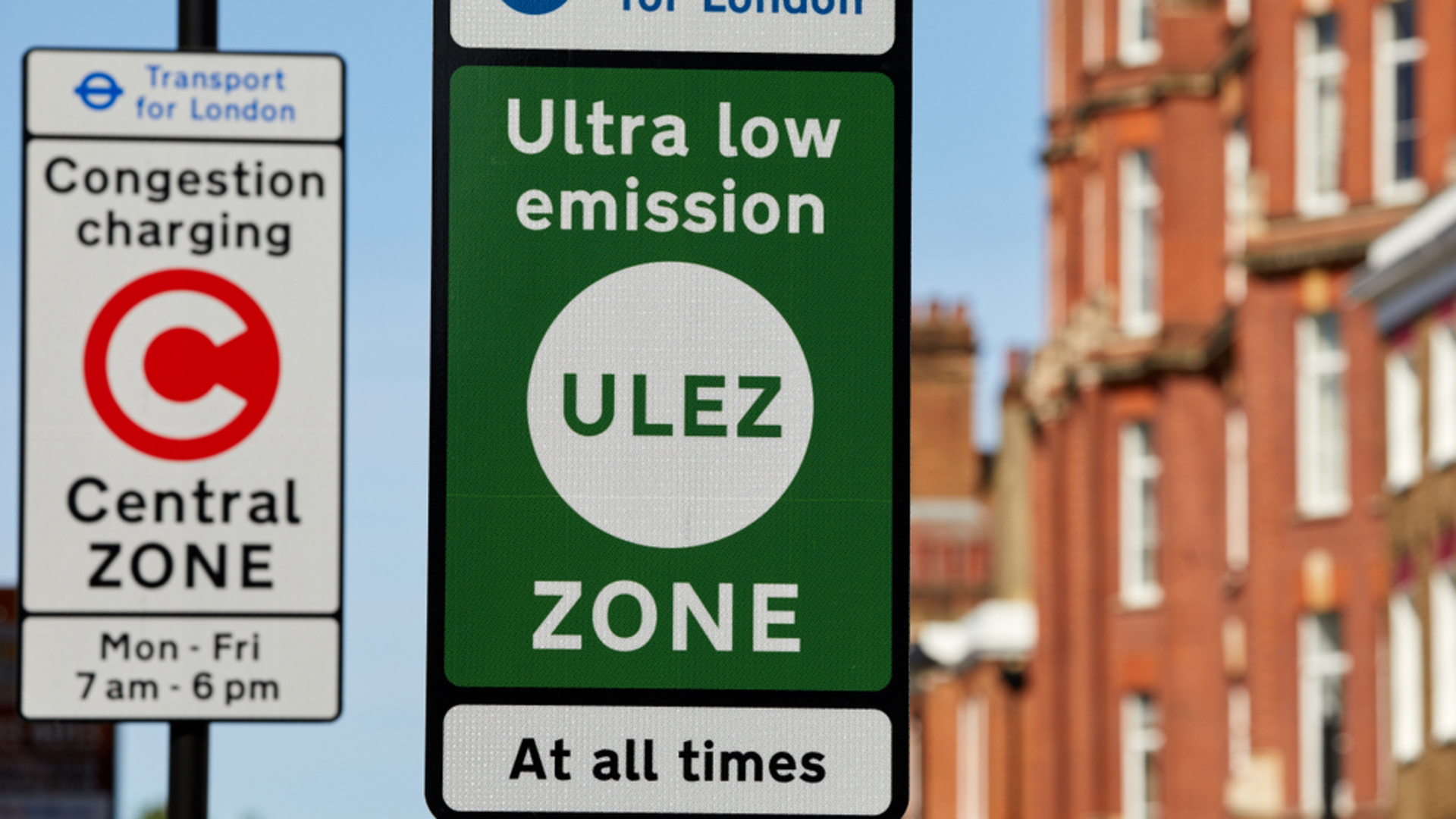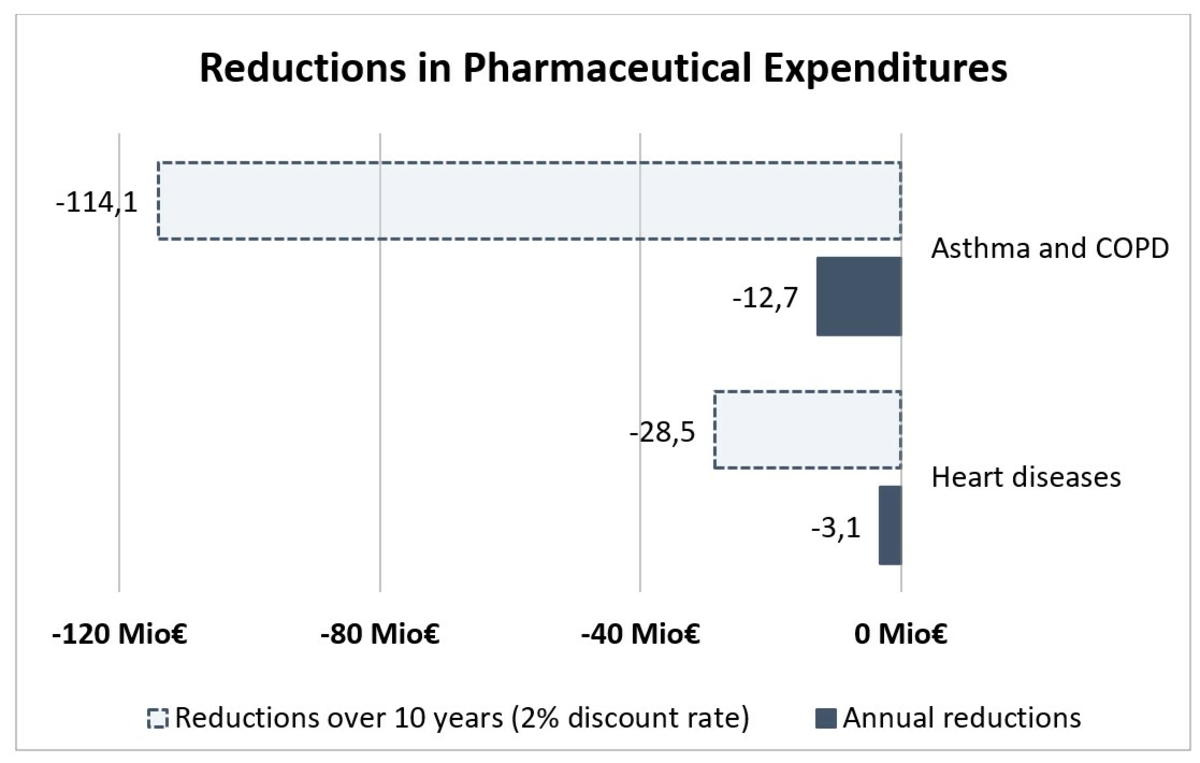
Public healthcare benefits from low emission zones recover policy costs
Air pollution from road traffic in cities receives considerable attention. Most prominently, the mayor of London recently asserted that ‘London’s air pollution [is] a public health emergency’ and, in response, introduced an ultra-low emission zone that imposes a daily £12.50 charge to old vehicles. In Europe, more than 200 cities implemented low emission zones (LEZs) to ban older, emission intensive vehicles from city areas, in particular those with diesel engines. Despite policymakers’ enthusiasm for LEZs and their widespread use, the health benefits of specifically targeting old vehicles are uncertain and at the heart of contentious policy debates.
We evaluate the effects of German LEZs on pharmaceutical expenditures using the complete medical histories of 2.7 million individuals insured with Germany’s largest public health insurer AOK. To gain robust insights on the causal policy effect, we exploit the fact that cities across Germany adopt LEZs at different times. For instance, Hannover and Cologne have introduced LEZs in 2008, while Leipzig followed in 2011. By comparing pollution and health outcomes in cities before and after LEZ implementation to those in cities that have not yet implemented one, it is possible to estimate causal effects.
We show that the driving ban imposed in 49 German cities between 2008 and 2013 improved air quality for about 21.3 million individuals by reducing the concentration of particulate matter by about 6 percent. We then show that this pollution reduction has also lowered pharmaceutical expenditures for heart and respiratory diseases in LEZ cities by 15.8 million € each year following the policy introduction. This newly acquired evidence suggests that even small improvements in air quality can cause non-negligible benefits for Germany’s universal, public healthcare system which covers all pharmaceutical prescriptions exceeding negligible deductibles. Presently, mandatory health care contributions are set to 14.6 percent of gross wages equally shared amongst employers and employees. Our findings suggest that the significant reductions in pharmaceutical expenditures under ambitious clean air policy may lower insurance contributions, lower labor costs for employers, and increase net incomes for households.

While benefits from reduced medical expenditures accrue over time, the costs of upgrading a vehicle otherwise banned from entering LEZs are due up-front and amount to roughly 120 million € for the about 200,000 old diesel vehicles with Euro 1 standard or worse affected by the policy. Our findings suggest that the reductions in pharmaceutical expenditures alone can recover these costs within less than 10 years – although pharmaceuticals account for only 17% of public health costs.
We underestimate the beneficial effect of LEZs because we do not account for any effects on mortality, labor supply, productivity, or other treatment methods beyond select pharmaceuticals. While the magnitudes of these effects remain uncertain, they are surely positive, and possibly large. Thus, we reasonably expect the overall benefits of LEZs to greatly exceed our estimate.
Key findings and policy implications
- Low emission zones have tangible financial benefits for Germany’s public healthcare system.
- LEZs lower drug expenditures for heart and respiratory diseases by 15.8 million € per year.
- These reductions in pharmaceutical expenditures alone can recover the costs of upgrading vehicles otherwise banned within about 10 years.
- Because pharmaceuticals account for only 17% of public health costs, the overall health benefits of LEZs are very likely to greatly exceed the costs.